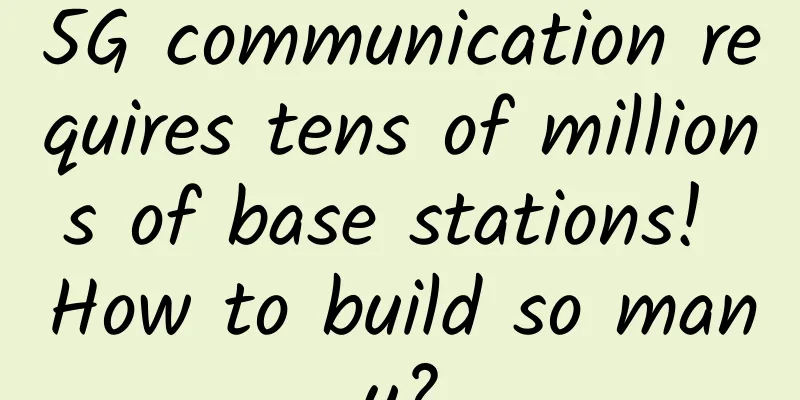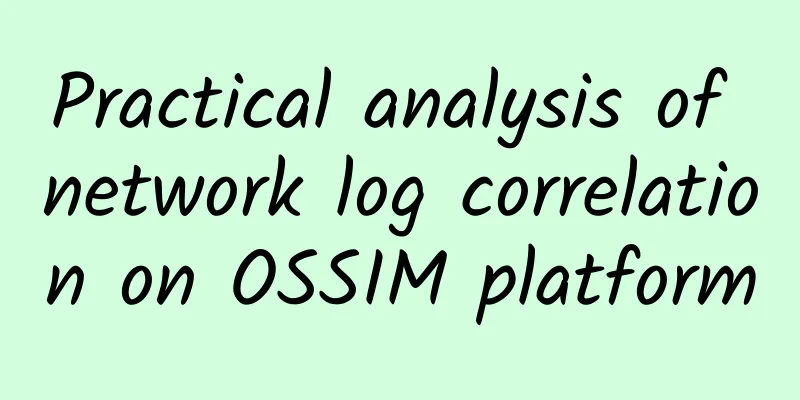After 5G entered the market, the driving effect began to emerge

|
On September 21, the three major operators released their monthly operating reports for August on the same day. Similar to previous situations, China Mobile and China Telecom respectively announced the scale of their 5G package users, while China Unicom continued to remain silent. Although 5G package users are not directly equivalent to 5G users, they are only one step away from real users, which is still of reference value for our research and analysis. 1. The penetration rate of 5G package users has exceeded 10% Public data shows that in August 2020, the net increase in 5G package users of China Mobile and China Telecom was 14.10 million and 7.87 million respectively, with the cumulative number of package users reaching 98.15 million and 57.14 million respectively, and the penetration rates were approximately 10.4% and 16% respectively. Although the scale of China Unicom's 5G package users is missing, it is estimated based on the data of China Mobile and China Telecom that the penetration rate of 5G packages in my country is close to 10%. If China Unicom's 5G package users are included, the total scale of 5G package users in my country will be close to 200 million, and the penetration rate will most likely exceed 12%. Although the penetration rate of 5G package users is still at a relatively high level compared to the 4G user penetration rate which has reached 80.7% at the end of August this year, if we consider that it has been less than a year since 5G packages were officially put on sale and the coverage of 5G networks is still in the early stages of construction, the achievements so far have been hard-won. 2. 5G terminals are becoming more popular Statistics from the China Academy of Information and Communications Technology show that 5G terminals in my country are becoming increasingly popular. In July 2020, 13.911 million 5G mobile phones were shipped in the domestic market, accounting for 62.4% of mobile phone shipments in the same period. From January to July, the cumulative shipments of 5G mobile phones in the domestic market reached 77.508 million, accounting for 44.2%. Although neither 5G terminal users nor 5G package users are directly equivalent to real 5G users, after the entry of 5G, under the stimulation of large-scale subsidies from operators, its pulling effect on the 5G terminal market has gradually emerged. The gap between the monthly shipment share of more than 62% and the cumulative shipment share of more than 44% has fully demonstrated that with the continuous improvement of cost-effectiveness, 5G terminals have begun to win the trust of users. Public information shows that the three major operators have basically completed this year's 5G network construction goals, and China Radio and Television is also accelerating internal integration to speed up the pace of network construction. Driven by the national new infrastructure strategy, the three major operators that have completed their annual construction tasks ahead of schedule are likely to increase their 5G investment. By then, the 5G network coverage will be larger and more attractive to users. 3. User DOU growth is gradually accelerating Data from the "Economic Operation of the Communications Industry from January to August 2020" released by the Ministry of Industry and Information Technology showed that from January to August 2020, the cumulative mobile Internet traffic reached 103.9 billion GB, a year-on-year increase of 33.7%. Among them, the average mobile Internet access traffic per household (DOU) in August reached 11.25 GB/household, a year-on-year increase of 30.3%, and 2.66 GB/household higher than in December 2019. Data also from the Ministry of Industry and Information Technology showed that from January to August 2019, the cumulative mobile Internet traffic reached 77.7 billion GB, with the year-on-year growth rate falling to 96.5%. In August, the average mobile Internet access traffic per household (DOU) reached 8.64 GB, 2.39 GB/household higher than in December 2018. Although the growth difference of user DOU in 2019 and the same period of 2020 was less than 0.3GB/household, if we consider the impact of the new coronavirus epidemic on the macro economy and personal income since the beginning of the year, then this 0.3GB/household growth has been hard-won, and 5G has played a certain role in driving it, especially after the unlimited packages were completely removed from the shelves, the unit price of 5G traffic is more favorable. 4. Traffic growth rate inflection point may appear Since the beginning of 2019, the growth rate of mobile Internet traffic has gradually slowed down from an ultra-high growth rate of 200% year-on-year to 33.7% in August 2020. The reason why mobile Internet traffic reached the highest growth rate in 2019 is related to the cancellation of traffic roaming fees and unlimited low-price competition. Under the influence of the COVID-19 epidemic, the growth rate of mobile Internet traffic has dropped sharply from 71.6% year-on-year at the end of last year to 44.2% at the end of February. As a result, although the traffic growth rate is still downward, the overall downward range has become smaller and smaller. Although the epidemic has dissipated and 5G has accelerated its entry, the growth rate of mobile Internet traffic is likely to usher in a growth inflection point. Over the past five months, although the growth rate of traffic has continued to decline, the monthly average difference has become smaller and smaller. Based on this, we have reason to infer that the growth rate of mobile Internet traffic will turn around by the end of this year at the earliest, and the trend will show an upward trend. Of course, the premise is that the epidemic will not recur on a large scale. Although operators have made great efforts in the development of 5G, there is still a long way to go before crazy development. Although the current 5G network coverage capacity needs to be fully improved, the lack of unique applications is the biggest problem facing 5G. Regardless of whether everyone is optimistic about 5G, the driving effect of 5G is gradually emerging. |
Recommend
Ministry of Industry and Information Technology: Increase support for 5G enhanced technology and 6G technology research and development
The Ministry of Industry and Information Technolo...
5G technology and its impact on the Internet of Things
5G is the latest generation of cellular network t...
Internetport: €2/month KVM-512MB/10G SSD/5TB/Sweden VPS
Here is another VPS host in an unpopular area. In...
In the Internet Queen’s “Spring Festival Gala-style report”, what are the things worth spending five minutes paying attention to?
Internet Queen Mary Meeker's annual Internet ...
RackNerd New Year Sale: VPS in multiple data centers in San Jose/Seattle and other places starting at $10 per year
RackNerd has launched a New Year 2023 sales event...
5G development is not going smoothly, the number of fake 5G users has become the mainstream, and the three major operators have become the "root of the problem"
As we all know, Huawei's 5G technology is the...
A thread pool that novices can understand at a glance
I believe everyone can feel that using multithrea...
Let's talk about the communication protocol I2C subsystem
I2C Transfer Definition of timing To explore the ...
Hundreds of unicorns died in 2019: 3 reasons, 5 traps, and a mess
2019 can be called the year of naked swimming for...
MIIT: 4G and 5G will coexist for a long time, and 5G will not be built to dismantle 4G or limit speed
On August 22, Wen Ku, Director of the Communicati...
Guangxi Maitong: We didn't miss Ruijie!
"I missed Lenovo 10 years ago, but I cannot ...
Acceleration Cloud: Deyang High-Defense Cloud Server 39 yuan/month-dual core/2G memory/60G hard disk/5M bandwidth/100G defense
Acceleration Cloud is a website under Chengdu Xia...
Where will edge computing investments go?
At the beginning of 2020, edge computing seemed t...
BalHost: $1.73/month-2GB/35G SSD/1Gbps unlimited traffic/Türkiye data center
Here is some information about Turkey VPS. The Ba...
5G is not about mobile phones, but about the Internet of Things.
[[321085]] Recently, new infrastructure has conti...









